D-Series alarms detect elevated CO2 levels in indoor spaces where large numbers of people are regularly present. Typically, these are classrooms, lecture halls, conference rooms, but also production facilities, open-plan offices and, in general, event rooms. 1400 ppm CO2 in the room air is already considered "very bad air", the maximum workplace concentration MAK in Germany is 5000 ppm, the GX-D1 therefore warns with its loud signal tone already from 2500 ppm for extensive ventilation of the room. If you have to breathe in bad, stale air all the time, you will get tired and lose your ability to perform and concentrate. This is particularly noticeable when learning and working. The immune system is also measurably weakened, which can certainly be seen in the increased number of sick days in open-plan offices and classrooms. The same is true of aerosols, which cannot be detected directly, but increased CO2 levels are also a measure of virus-laden air. The GX-D1 cannot prevent infection, but it can at least significantly reduce the risk. The only remedy is regular shock ventilation, which is often and readily forgotten. This is exactly where the GX-D1 warning device comes in. Not only does it warn of increased harmful concentrations, but it also educates people to ventilate in good time, even before the warning tone sounds.
Performance features
- Simple installation in seconds
- Audible and visual warning
- Detection of carbon dioxide (CO2) from stale air
Technical data
| Operating voltage: | 230 (+/-10%) V AC / 50-60 Hz |
| Power consumption: | approx. 3 W |
| Protection class: | IP 20 |
| Sound pressure buzzer: | 90 dB (distance 10 cm) |
| Sensor type: | NDIR |
| Trigger concentration CO2: | approx. 2500 ppm |
| Functional area sensor: | 0 °C / +40 °C |
| Storage temperature: | -20 °C / +70 °C |
| Humidity (ambient): | 5-90 % RH (non-condensing) |
| Sensor lifetime: | up to approx. 10 years |
| Dimensions (HxWxD): | 118x60x44 mm |
WEEE NO.: EN91394868




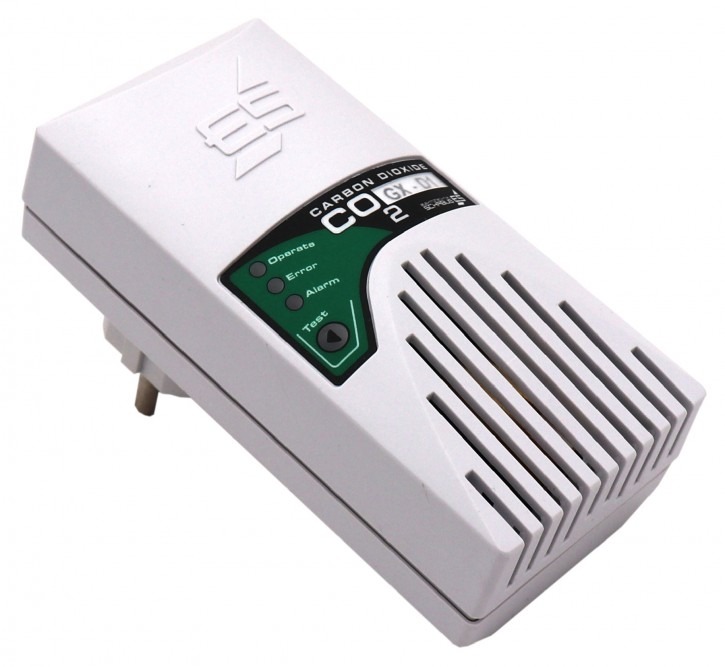

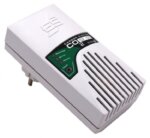
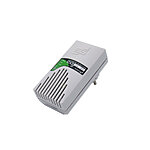
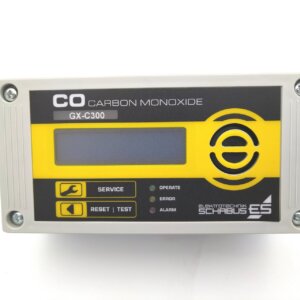
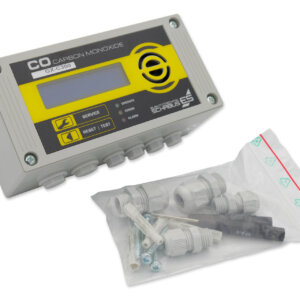



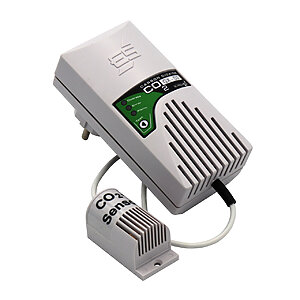





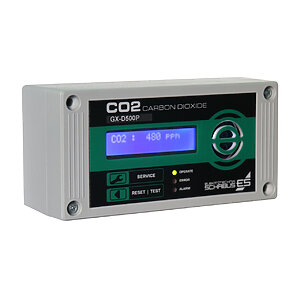

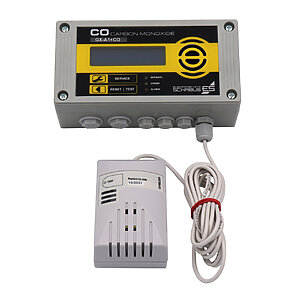



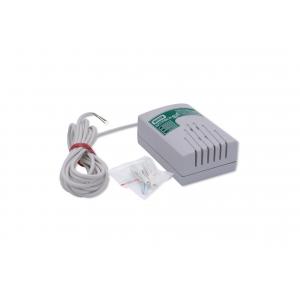

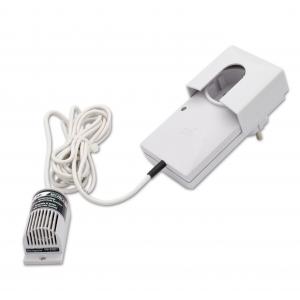
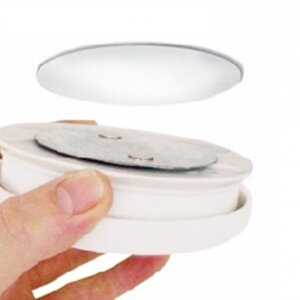
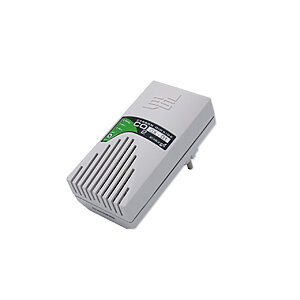
Clear online store, fast shipping, goods flawless, gladly again!